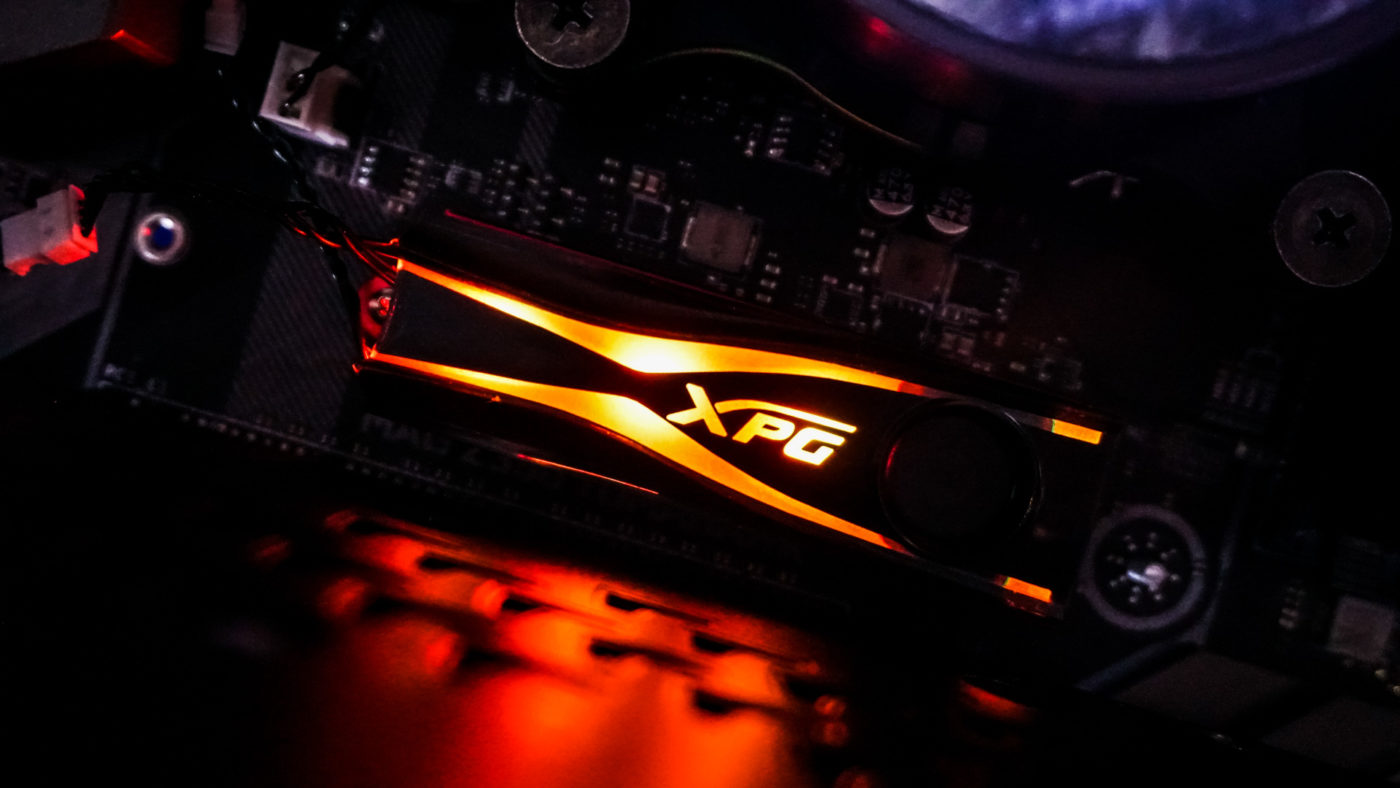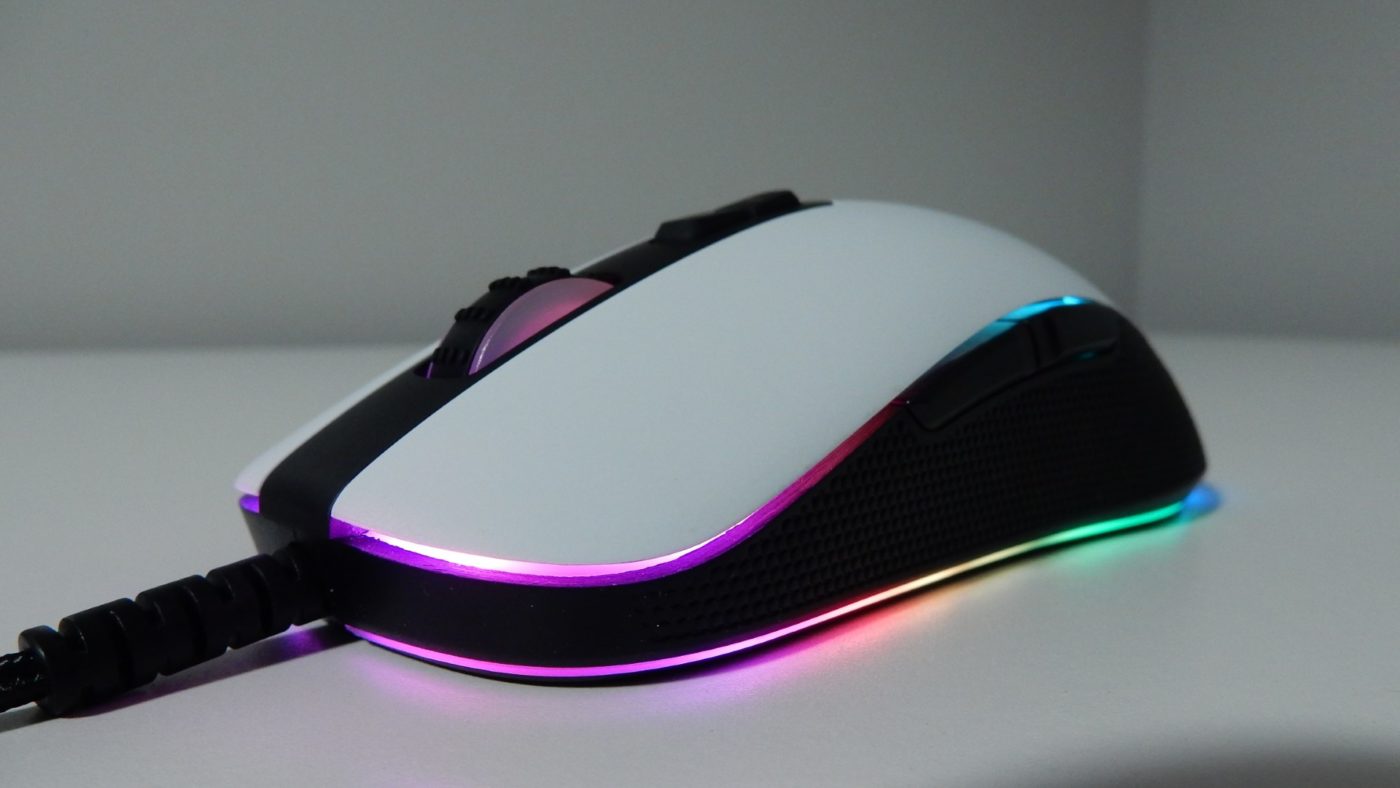Archer C5400X Interface Overview
Once the C5400X has been configured via the Quick Setup method, you can then move on to the Basic and Advanced portions of the router’s interface. While most users will be more than happy with the amount of options available in the Basic area, the Advanced area gives plenty of additional room for tweaking the device. We will be covering the most pertinent portions of the Basic and Advanced areas, as many of the settings available in some areas are exactly what is found in the Quick Setup process.
Basic – Network Map
The Network Map provides a very basic look at your network’s topology. Towards the top of the page is an icon for the Internet and its connectivity status. This includes very basic graphics, along with the current inbound and outbound network traffic statistics. Also shown are the three wireless network indicators. A bit further down gives us a look at the number of wired and wireless clients connected to the router, and each of these items can be clicked for more detailed information. This page also shows the status of both the integrated print server and USB disk functions. Below the network map is a dynamic section of the page that will change depending on what you have clicked on above. For example, if you click the “Internet globe”, a simple Internet status section will appear below, while clicking the “Speed Test” option brings up your latest speed test results.
Basic – HomeCare
The HomeCare portion of the C5400X allows you to take control of some great features that will really come in handy in a household with multiple users, especially one with children. The Parental Controls section allows you to configure various protection settings that include age filters, time and duration limits, and individual user profiles. Once a profile has been created, you can assign network devices to that profile, and then based on the selected filter level, adjust what types of content are restricted. It is here that time limits for the work/school week and weekend can be established, along with a bed time option that limits access for a certain time period.
The QoS portion of HomeCare helps you configure the prioritization of traffic, and this works fairly well, as we found in our testing. Both application and device priority options are available, and each can be adjusted depending on your network needs. Predefined options include Standard, Gaming, Streaming, Surfing, and Chatting, while a Custom option allows you to create a custom application prioritization setting. Device prioritization allows you to set certain devices to always have priority, or for a set amount of time.
Last up is the Antivirus section, where you can enable features based on Trend Micro’s protection offerings. These include a malicious content filter for blocking malicious websites, an intrusion prevention system to help mitigate external attacks and vulnerabilities, and an infected device quarantine to keep breached devices from phoning home.
Basic – Guest Network
The Guest Network section allows you to configure, well, your guest networks. Up to three networks can be managed here, one for each antenna, and the available options are quite basic. We do like the options of being able to limit guest devices from seeing each other or other devices on your local network. This is especially handy when you have a lot of guests over and don’t want to worry about an infected device running rampant on your network, but want to provide Internet access without seeming like a paranoid network admin.
Advanced – Status
Moving over to the Advanced tab at the top of the management interface brings us first to the Status tab. This section is like a more advanced version of the Network Map found in the Basic configuration area. Additional information about the Internet connection, wireless networks, and various other system statistics are all easily found here.
Advanced – Network – DHCP Server
Although a very basic function of most routers, the DHCP Server options found on the C5400X provide just the right amount of freedom to configure your network to your liking. Static DHCP leases can be configured here, and a client list shows all currently leased devices and their pertinent information.
Advanced – Operation Mode
The ability to transition the C5400X from a full-featured router into a standard access point is not unique to this device, but the ability is one that is much appreciated. While you do lose many of the great features that the C5400X provides, like QoS and Parental Controls, this option can be useful for users that want a great wireless access point to team up with their standalone firewall or router.
Advanced – Security – Access Control
Being able to block a certain device from connecting to your network can be very handy, and the Access Control portion of the Advanced Security menu allows just that. This page gives a list of all online devices, which then allows you to select a certain device to be placed on a blacklist. You can also configure this page to set all devices as blacklisted by default, with devices needing to be added to the whitelist for access. This method requires much more work, but can be another option for keeping only the devices you want on your network.
Advanced – VPN Server
The Archer C5400X offers both OpenVPN and PPTP VPN options for secure remote connectivity. Being able to access your home network and files while on the go can be invaluable, so having these options is great. A VPN Connections section allows you to monitor and administer the currently connected VPN sessions.
Advanced – Smart Life Assistant
Both Amazon’s Alexa and IFTTT are supported by the C5400X, giving users a whole new world of options for smart automation and living. With Alexa skills, you can simply tell the router to prioritize the connection for a certain device, or ask Alexa to read out the password for the guest network. IFTTT integration allows for certain triggers to perform certain tasks. For example, you can receive a notification when a certain device connects to your network, or prioritize a certain camera when motion is detected.















